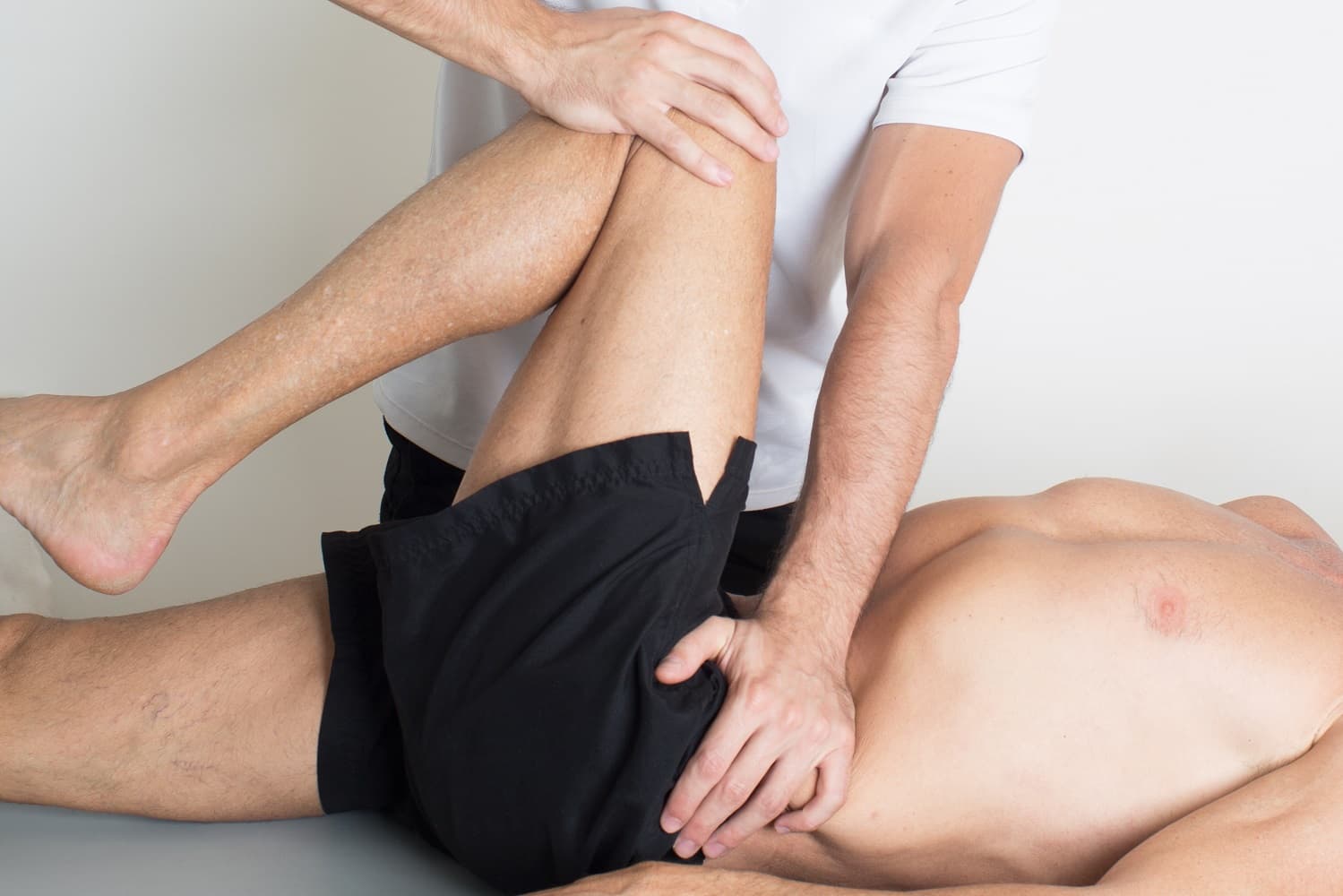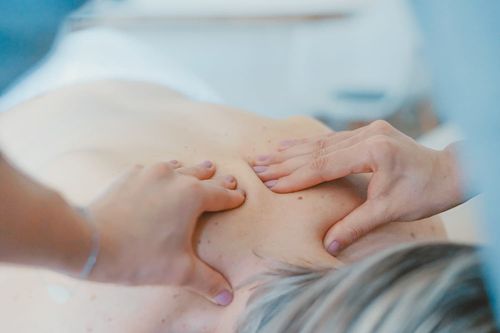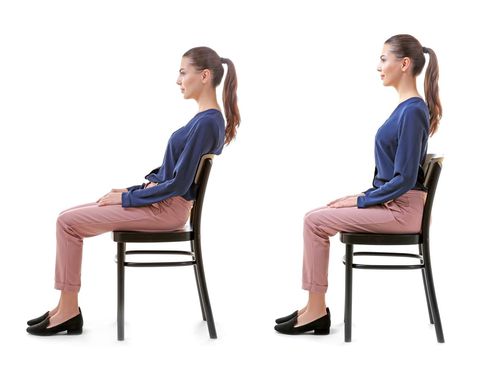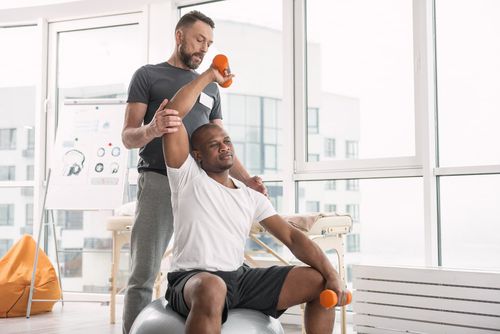What is Rolfing®?
Rolfing® is a form of bodywork that aims to reorganize the myofascial system, called fascia, that permeates the entire body by manipulating soft tissue and through movement education. This bodywork therapy affects body posture and structure while treating pain associated with chronic musculoskeletal conditions.
Rolfing® is based on a theory that the human body is a seamless network of tissues instead of being made up of several parts. Founded by biochemist Ida P. Rolf, this modality works through all of the layers of the body to help ease strain patterns and reorganize the connective tissues to realign the body.

How Does Rolfing® Work?
Rolfing® is a 10-session therapy that works on the restrictions in each region of the body through breathing, pelvic floor and abdominal exercises, and balance and integration. In the first three sessions, the practitioner will loosen up the superficial layers of the fascia, focusing on the arms, upper leg, hips, spine, shoulders, neck and head.
Balancing the diaphragm area will be the concentration of sessions 4 and 5, with focus on the abdominal muscles and the bottom of the pelvis. In session 6, the lower back and limbs will be worked on, while session 7 focuses on the neck and head. From sessions 8 to 10, the practitioner will integrate all the work that has been done from sessions 1 to 7 in the client's body to ensure their optimal health in the years to come.
Both Rolfing® and massage therapy involve soft tissue manipulation but are used for different purposes. The main goal of massage is to promote relaxation and release tension, while Rolfing® aims for the overall improvement of the body's alignment and functioning ability.
What are the Benefits of Rolfing®?
Rolfing® has the ability to significantly change a person's body posture and structure. It can potentially alleviate pain, release tension and resolve discomfort. It also aims to restore flexibility, revitalize energy and allow a person to move comfortably in their body. People of all ages, including athletes and dancers, can receive the benefits of Rolfing®. It is often sought by people as a way to reduce pain and chronic stress and improve their performance in either professional or daily activities. Rolfing® is an effective approach to treating many conditions that cause persistent pain and discomfort such as the following:
- Muscle and joint stiffness
- Neck, back and shoulder pain
- Headaches
- Lower back pain
- Tendonitis
- Sprains
- Geriatric muscle diseases
- Repetitive strain injury
- Postural problems
- Frozen shoulder
- Hip pain
- Carpal tunnel syndrome
- Postsurgical recovery
What Can You Expect From Rolfing®?
Freedom of movement, freedom from pain and a sense of balance and oneness with one's body are what most people feel after completing all Rolfing® sessions. What's more, they know better how to use their muscles, conserve their energy and develop more economical and refined patterns of movement to avoid pain and discomfort.
Each Rolfing® session can last from an hour to an hour and a half. At the beginning of the initial session, the client will be asked to sign a consent form and disclose any information that concerns the state of their health, even more so if they have a medical condition. This is to ensure their safety and avoid potential contraindications. Since their movements and body structure have to be observed by the practitioner, the client has to dress down to their underwear or slip into a swimming attire. After having performed a complete assessment of the client's body, the practitioner then decides which treatment approach to take.
The treatment sessions are scheduled fortnightly to allow the client's body to adjust to the adjustments that have been made to it.
Is Rolfing® Safe?
Although considered to be safe for people of all ages, those who have cancer or any illness that can potentially spread throughout the body are advised to consult their doctor before trying Rolfing®.




